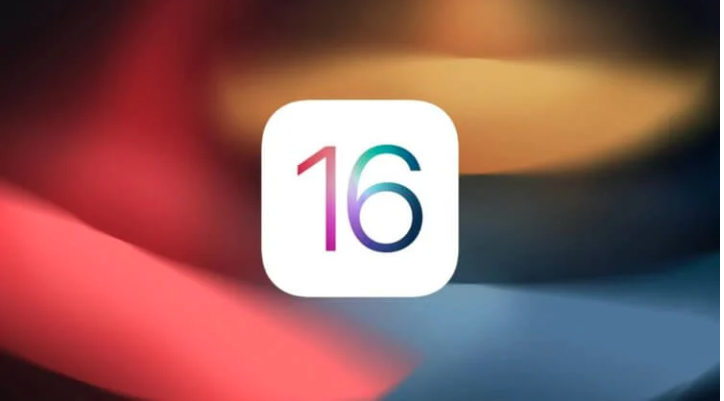Why Apple won’t roll back iOS
Apple is probably the only manufacturer of smartphones and tablets on the market that provides buyers of their devices with such a long support for new versions of the operating system . Just think: the iPhone 6s, released in 2015, is still getting the latest software updates. And only with the release of iOS 16, its update will stop. Not a single Android smartphone can boast of such a level of support from the manufacturer. However, new firmware versions do not always bring something good.
It happens that after the next update, the smartphone or tablet starts to work much worse. For example, the battery has discharged an order of magnitude faster, or the interface just starts to lag. In such a situation, the logical solution would be to roll back to the previous version of the operating system. However, Apple does not allow this. Let’s see what is the reason for this decision of the company from Cupertino.
Is it possible to roll back iOS?
It is impossible to say that Apple completely blocks the rollback to early firmware. At moment when a new version is released, within a few days, and sometimes even weeks, the old one continues to be signed by the manufacturer, and therefore, it can be installed on a smartphone or tablet. Signing is, in simple terms, the approval of a certain version by the manufacturer. However, you have very little time to make a decision. Moreover, the load on the Apple server at the time of the release of each new version of the software logically increases. And not everyone can upgrade in the first days.
For example, iOS 15.6.1 was released on August 17, and on August 24, Apple stopped signing iOS 15.6. Consequently, the installation of the old version has become simply impossible. And so it happens with the release of each firmware. Moreover, no one can accurately predict the time during which a rollback will be possible. This happens solely at the request of Apple. Yes, most often this period is about a week, but there may be exceptions to the rule.
In this situation, the question may arise: why not give users the opportunity to decide for themselves which version their smartphone will work on? Well, what, it would be great: updated – did not like it, rolled back when he wanted. However, there are good reasons for any such ban.
Firstly, with the release of each operating system, Apple closes some vulnerabilities found in the old one. This increases the security of your devices and gives attackers fewer options to gain access to your data. This is exactly what happened in the recent iOS 15.6.1 update, which we talked about in a separate article. It closes a vulnerability that allowed arbitrary code to run with kernel privileges. That is, hackers could get full access rights to your device.
Agree that no speed can replace a normal security system. Especially if the vulnerabilities are so critical. Secondly, backups from new versions of operating systems cannot be installed on old firmware. It turns out that when rolling back, the user will have to restore the iPhone “as new” or use an old backup copy, the information in which may already be out of date. In this situation, there is a possibility of losing any meaningful data.
How to Rollback iOS
If you still want, against all odds, to return to the old version of the firmware and understand that Apple is still signing it, then you need to do the following:
- Go to ipsw. me.
- Select your iPhone model and make sure the firmware is signed. If a red cross is lit opposite the desired version, then its installation is currently impossible.
- Download the firmware to your Windows or Mac computer.
- Launch iTunes or Finder, depending on your operating system, and connect your iPhone to your computer with a wire.
- Log into your iPhone.
- Hold Alt on Windows or Option on Mac and click Restore iPhone at the same time.
- Select the firmware file you downloaded earlier and wait until it is installed on your smartphone.
- After that, restore it from an old backup or set it up “as new”.
- Once again, I remind you that this method only works if the version of the operating system you are rolling back to is signed by Apple. The same instructions can be used to roll back tablets. When downloading the firmware, just select the appropriate device and there will be no problems.
There is also a rollback from beta versions of iOS and iPad. Taking into account the fact that one of the main firmware is always signed simultaneously with the beta, returning to the current version today will not cause any difficulties. In any case, I do not advise installing beta because of possible stability problems. Always keep the latest version of the operating system on your device and you will be sure of the safety and performance of your iPhone or iPad.

